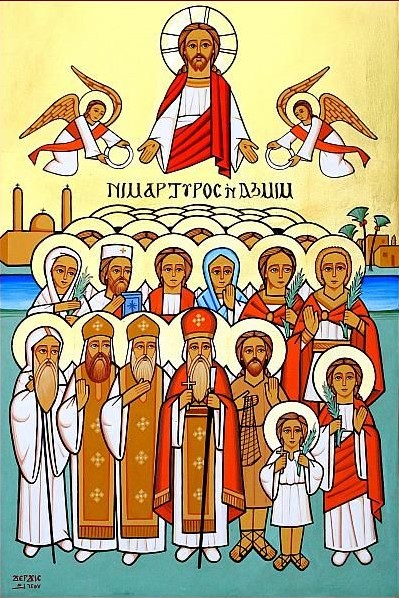
“Who shall separate us from the love of Christ? Shall tribulation, or distress, or persecution, or famine, or nakedness, or peril, or sword?"
(Romans 8:35)

"For to me, to live is Christ, and to die is gain"
(Philippians 1:21)
"I saw under the altar the souls of those who had been slain for the word of God and for the testimony which they held"
(Revelation 6:9)